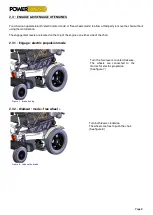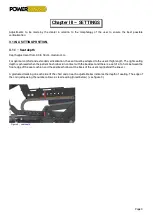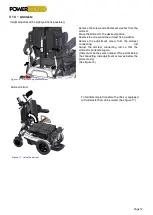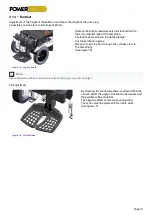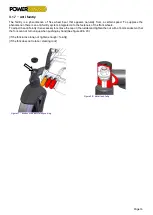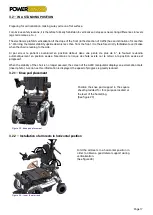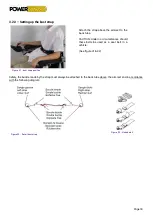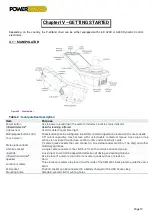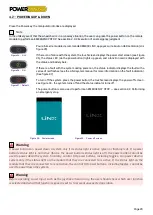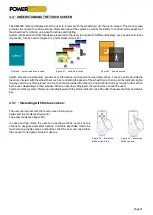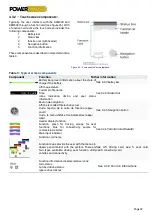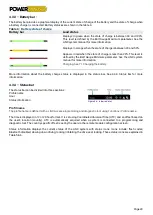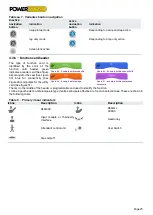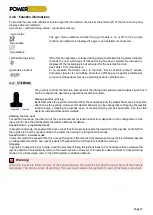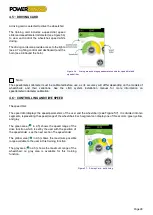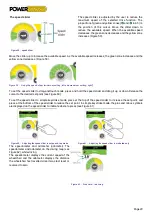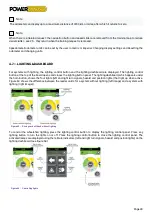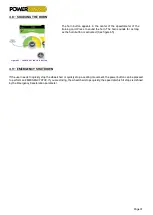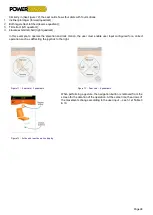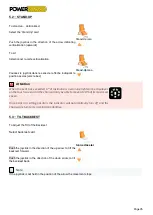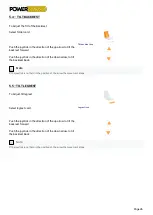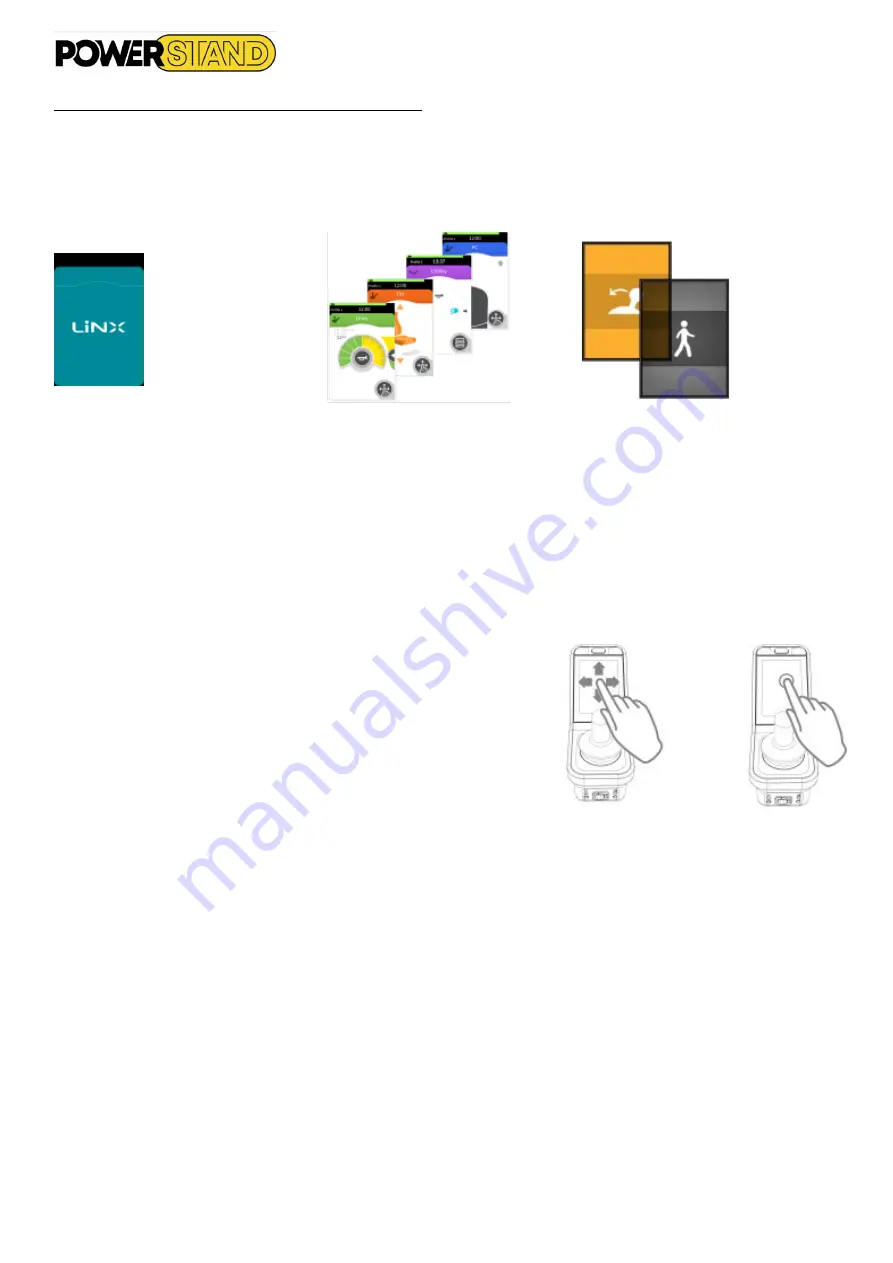
Page 21
4.3 – UNDERSTANDING THE TOUCH SCREEN
The REM400 remote modules allow the user to interact with the wheelchair via the touch screen. The touch screen
provides the user with useful real-time information about the system as well as the ability to control certain aspects of
the wheelchair for driving, using seat functions and lighting.
System information and commands are presented to the user via a number of different displays, such as splash screens
(Figure 40), function cards (Figure 41), and overlays (Figure 42).
Figure 40 : écran mise sous tension
Figure 41 : Carte de fonction
Figure 42 : Superposition
Splash screens are temporary, provide only information, and require no user intervention. Function cards provide the
means to interact with the wheelchair, such as controlling the speed of the wheelchair or turning on the indicator lights.
Overlays, which are often placed on a function map, provide information or instructions that may require further action
by the user, depending on their purpose. When an overlay is displayed, the touchscreen cannot be used.
Faults and other system information are displayed with the status indicator (an LED under the power button) and status
bar.
4.3.1 – Interacting with the touc screen :
The user can interact with the touch screen in two ways:
Swipe and tap mode (see figure 43)
Tape only mode (see figure 44).
In swipe and tap mode, the user can use drag actions as well as tap
actions to navigate and select options. In simple keystroke mode, the
touchscreen provides areas and buttons that the user can tap (rather
than swipe) to navigate and select options.
Figure 43 : Interaction
Mode swipe & tap
Figure 44 : Interaction
Mode tap only


